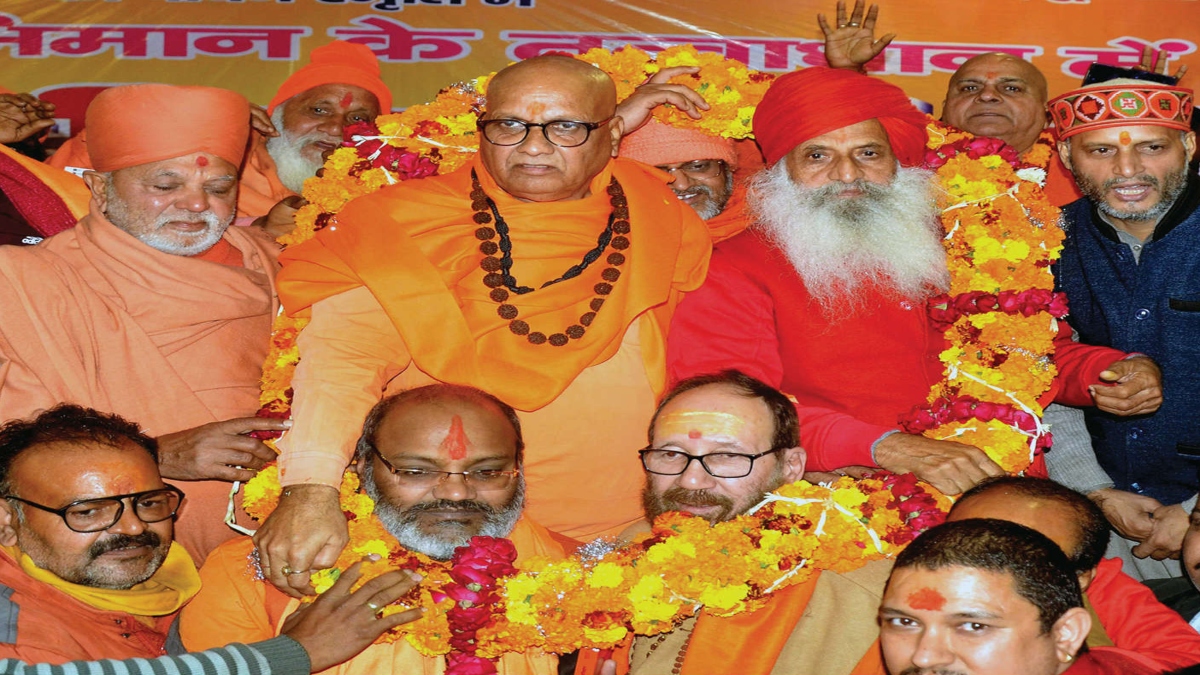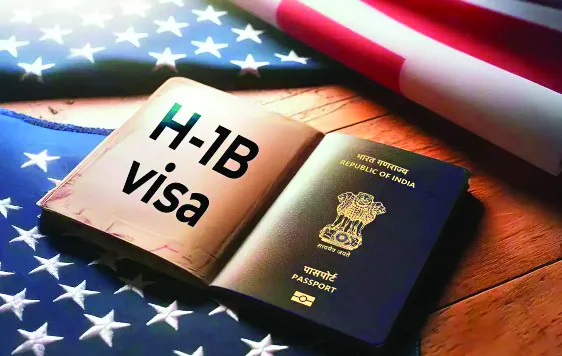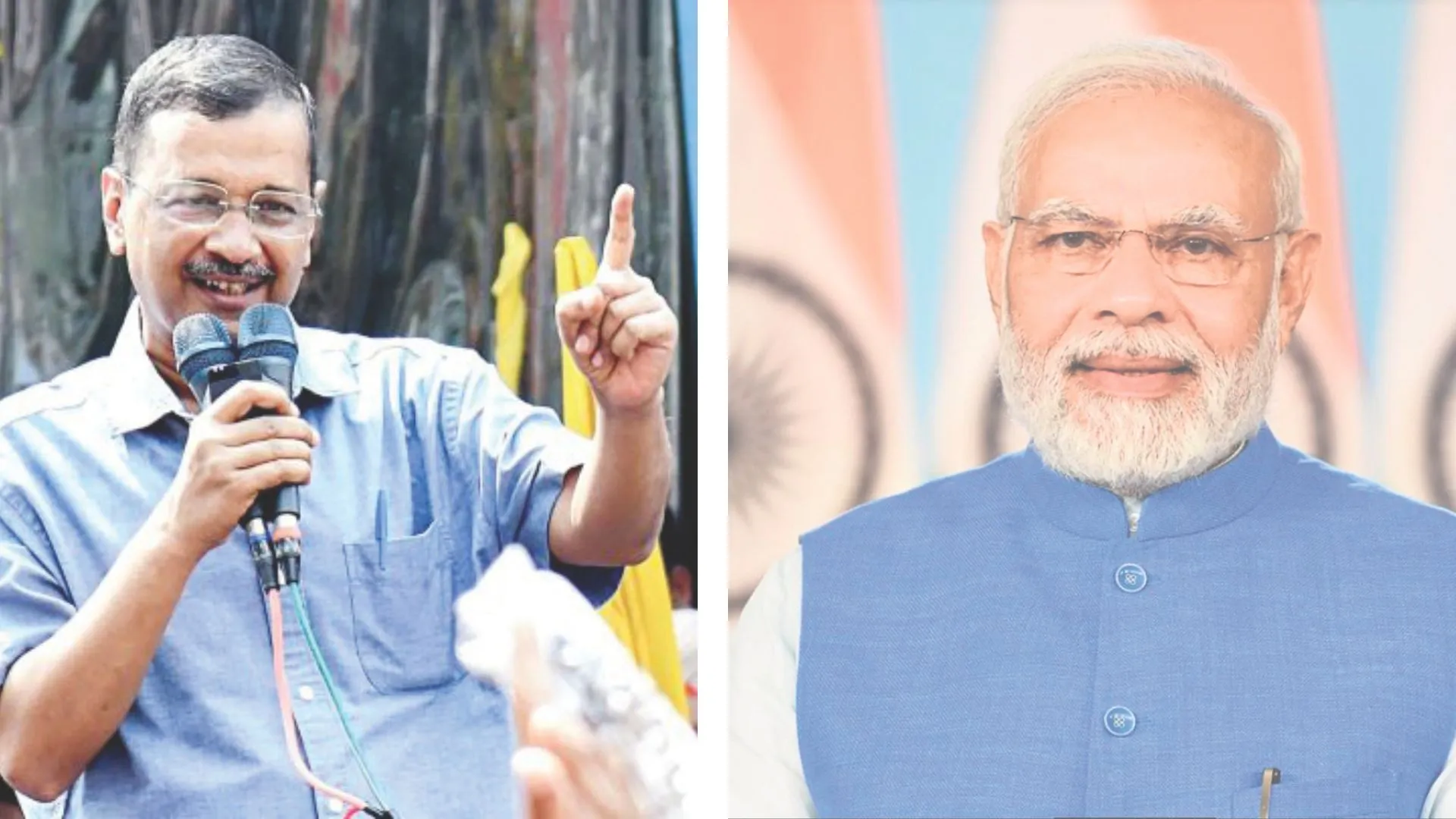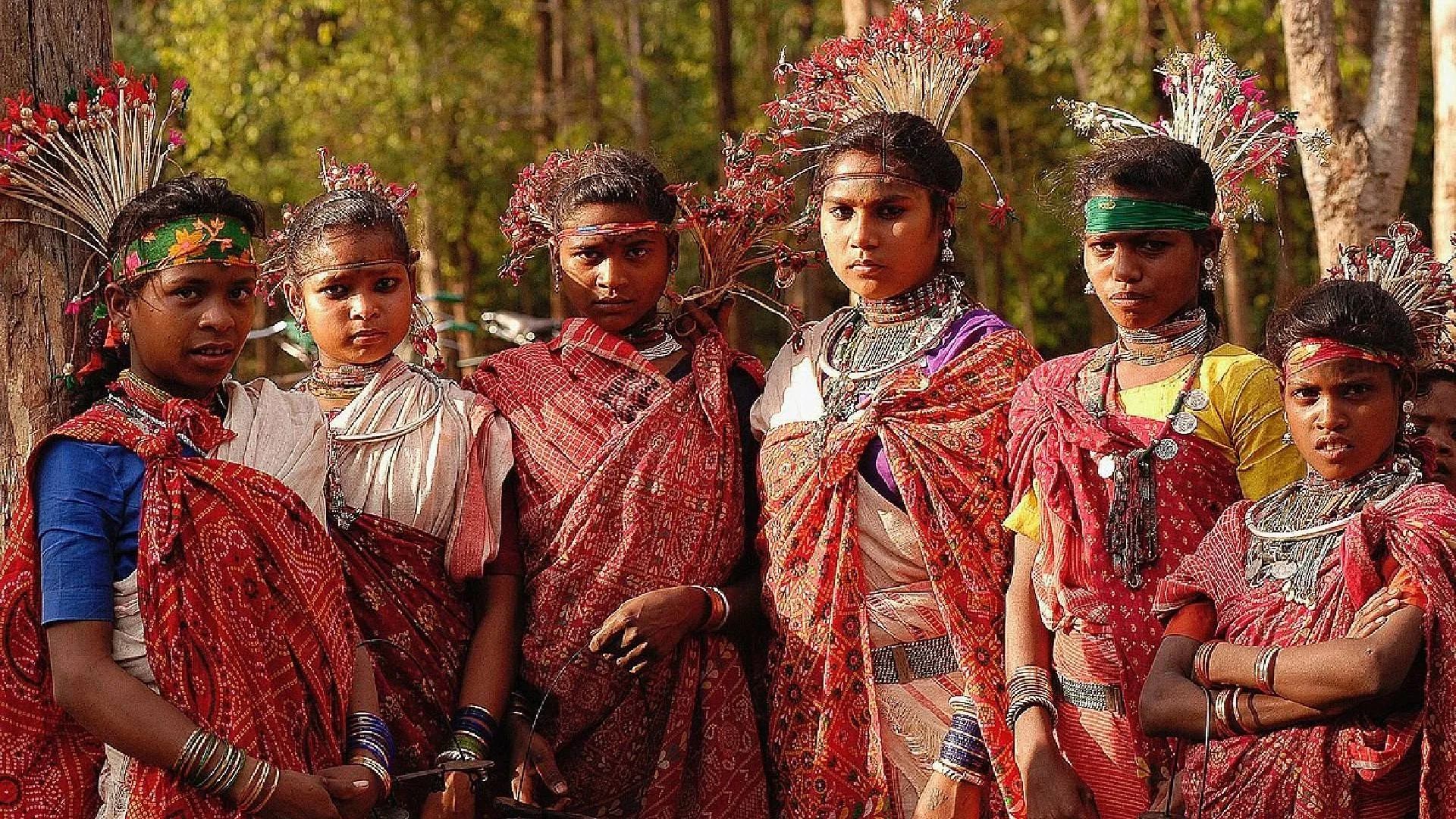Political recidivism is a tendency of politicians to relapse into criminal activities despite correctional measures used upon them from time to time. When a lawmaker insists on chanting a religious devotional hymn not in his private worship space (Puja Griha) or in any other place appropriate to the honour of his deity but in front of his political rival, the Chief Minister’s house, then, this person is definitely up to mischief or suffers from delinquency. When does ‘Hanuman Chalisa’ become a weapon or a reflective shield against such a provocative lawless behaviour. The court has rightfully admonished the Rana couple for intruding into someone’s privacy and creating disturbance of law and order, nonetheless, hundreds of other such cases are waiting at the altar of judiciary crying for action against an unbridled brigade spewing hate and violence in Indian society.
This case is not a standalone incident in which politicians have bypassed the limits set by laws and in turn made society increasingly vulnerable to crimes provoked by hate and vengeance. Ashish Mishra, son of no other than a state minister of (Home), ruthlessly drove over farmers and roamed free till his bail plea was rejected by the Supreme Court and he was made to return to prison. The so-called Sadhus turned hardline fundamentalist militants organised a ‘Dharma Sansad’ at Haridwar calling for genocide of Muslims and the ruling party leaders sat and watched it all. The central minister who openly shouted slogans, ‘Goli Maro’ or the student brigade that attacked hostellers in JNU and were visibly identifiable on CCTV are yet to be arrested. Latest, provocations come packed up in a series of processions of Hanuman Jayanti which displayed more of muscle power through flashing swords or rods over mobikes and choosing mosque areas to pass through during prayer time had little that matched saintliness which is so characteristic of Hanuman but a blatant disruption of law. It all seems like a strategic policy plan to provoke and deepen social divides at corners which are fragile and pervious to skirmishes and riots. The wounds of partition which were healed for a majority of citizens in India are being scraped with a scalpel to watch with sadistic delight the blood that oozes out. The country is not just facing a crisis of law and order but also an economic collapse. The transaction cost of maintaining law and order has increased manifold while returns on investments dip deeper.
Ordinary people of all ages suffer, philanthropy towards the destitute and disable in age, gender and physical abilities has come down and human caretaking in every field has taken a plunge. For the court to merely rebuke such perpetrators is not enough as political recidivism is on an increase and the criminal justice system should look for correctional remedies which are sustainable and impactful to reform those who criminalize socio-political lives.
For those who have grown up in areas where Hindus and Muslims have co-existed for ages such a change not only is a reminder that someone, somewhere is trying to revive divisiveness of India’s partition which the country has outgrown and forgotten now. I have seen skirmishes between Hindus and Muslims since my school age in Uttar Pradesh’s towns. Lucknow maintained a good balance and harmony when one could see Muslims participating in Holi and Diwali celebrations and even arranging full cultural fest during Durga Pooja and Janmashtami. It was impossible to imagine any performance on stage without the two communities huddled together. The Bollywood did a tremendous task of bringing communities together to a more humane platform. The first and the second decade after independence was a great healing period when the Bollywood diverted youth in the country to issues of poverty and class divisions instead of religion. Some films breathed through the hearts of Indians such as the K Asif’s grand epic Mughal-E-Azam, Guru Dutt’s unforgettable film Chaudhvin Ka Chand which was shot in Lucknow where I lived and witnessed the stampede outside theatres which were showing this film. Then came the films which refused to go out of theatres for years like Chaudhvin Ka Chand interestingly depicting the heroine Waheeda Rehman as the ‘The Moon of the Fourteenth Day’ directed by Mohammed Sadiq, screen play by Abrar Alvi and produced by Guru Dutt. The tornado in theatres came with Arzoo which was directed by Ramanand Sagar and which maddeningly led the young and the older to sing Mohd Rafi’s “Chhalke Teri Ankhon Se”. My father and his friends which included many Muslims such as his much-admired Zaidi Sab took pride in sharing that they saw these films almost 20 times each because of the ‘kashish (luring like a magnet) in their lyrics’. These songs, such as Aji Rooth Kar Ab Kahan Jaiyega and Aye Nargisi Mastana, Chaudhvi Ka Chand (all by Rafi) are immemorial. Once when all these friends were enjoying Arzoo in a Moradabad theatre sitting in a Box at the end of those older theatres (there were no balconies) someone threw a famous Rampuri knife to the screen and quick did the two parts flew away with commotion in the theatre, people rushed out to save themselves from a riot. Box people were safely escorted out by police to their homes. This also shows who participated in these riots?
The theatres were shut and markets saw only PAC battalions for almost 10-15 days. But these riots, whatever politicians tried to project as, local police knew and also shared were between the distributors of films who gave cash to unemployed youth in a particular area for teaching his rival a lesson. This was proved when after curfew was lifted life normalized fast as if nothing had happened.
It never occurred to people that one was a perpetrator and the other a victim. There were noisy Azaan loudspeakers all over many cities and it was rather frustrating but only as much as the noisy marriage or Mela (fair) loudspeakers were. Where and when did this religion come into everything is everyone’s guess today.
Sambhal, the city of Uttar Pradesh, became notorious for its riots during the Tazieh (Taziya) procession taking place during the month of Muharram. The modern generation of Hindus living in smart modern compartmentalized cities can be easily misguided on history as they have almost negligible or no interaction with these community rituals. Taziyas are Miniature Mausoleums made of coloured paper and bamboo in some of the best artistic styles as there used to be awards for best Taziyas as well. They represented the Karbala or the holy city of Shia Muslims to mourn martyrdom of Husayn Ibn Ali. The police forces were deputed on rooftops of narrow city lanes from where the Taziyas passed to identify stone pelters who were mostly hiding there with ammunition. Some lawbreakers were known for ritually cutting down wires on ways from where the procession passed and some stone-pelters sadistically enjoyed when their acts disturbed the procession. The alert police generally arrested leaders of both sides before the event. In retrospect it all appears so funny as a show of vengeance which my 4- and 5-year-old grandsons may do to each other. I can still realize that the police despite its corruption had better community interaction and riot control to manage these sparks of animosities between two communities than its majestic technology infrastructure of today due to complete sell off to the regime in power today.
Interestingly, in certain areas the divide was seen deeper between Sunni and Shia Muslims and at times the city’s elite Hindus came to mediate between them. Sambhal returned to normal within a week every year with no ill-will between the two communities who soon got together to organize stage performances of Johnny Walker (Badruddin Jamaluddin Kazi), Rehman and Tuntun (all Bollywood popular personalities) to be watched by the whole city throughout the night. There were instances of eve teasing and road Romeos following a girl with a Bollywood romantic song but Burkha police in Lucknow which was active in the 1960s washed this fever out of them in seconds.
The famous fairs of Aligarh, Saharanpur and Lucknow where women of all religions moved freely did not witness molestation and rapes that have forced closure of all such fun activities and subsequently closed commerce in smaller markets. Business at community bazaars flourished despite no help from governments as festivals, programmes, fairs and fetes were money earners for all. Who tampered with these rituals of co-existence which have now turned into Pakistan and Khalistan? They were all one nation right from the day when they refused to leave their motherland for Pakistan but provocative slogans, unleashing hatred by ill-educated delinquents to political power, immature handling by police and TRP driven media has helped to fan hatred and promote an impossibility of ever seeing the two communities together. This damage is done for generation to come and so should their penalties be matching with their quantum of crime when the judiciary takes note of it.
Governance of today is seeing vengeance driven measures in everything. After the Dharma Sansad of Haridwar calling for Muslim genocide, the Ittehad-e-Millat Council (IMC) Chief Maulana Tauqeer Raza Khan declared that ‘If the thirst of such people is quenched with the blood of Muslims then we are ready’. The Haridwar provocation achieves its objective as even the Ulamas (Muslim scholars) who have always controlled militant approaches of some Muslim groups have decided not to be patient anymore as Muslim women and girls are now becoming targets, the Quran and the Prophet is blasphemed and despite offenders on both sides only Muslims are being arrested.
The Ramadan month ends today and the ruckus of rioting which replaced tranquility so reflective of Hanuman, hangs my head in shame. This is not the new India of ‘Sabka Saath, Sabka Vikas’. The bulldozer armada breaking homes and a nexus of law makers and criminal administration machinery reflects dissipated ethics in governance which few Indians of educated genre would be comfortable with. Why would everyone knock the door of judiciary for relief that should legitimately come to every citizen and who gets the benefit of an overworked judiciary where delays in addressing every case by its merit is currently a challenge? However, I fret to think that after a few years most of us who have seen history of division, co-existence and of harmony from the Bollywood art community to the universities, the two most impactful social institutions of democracy may be no more to share these tales. The new generation is being doctored with changed syllabus, segmented history and online classes, like robots they may follow the table-thumping noisy news channels sans reading and learning. If this growing tendency towards political recidivism is not contained, there are chances of losing all gains which the country made since Independence in terms of harmony and social strength.























